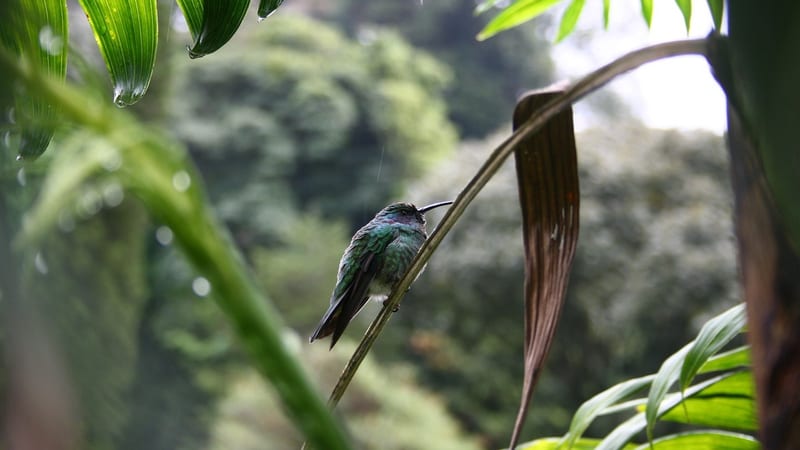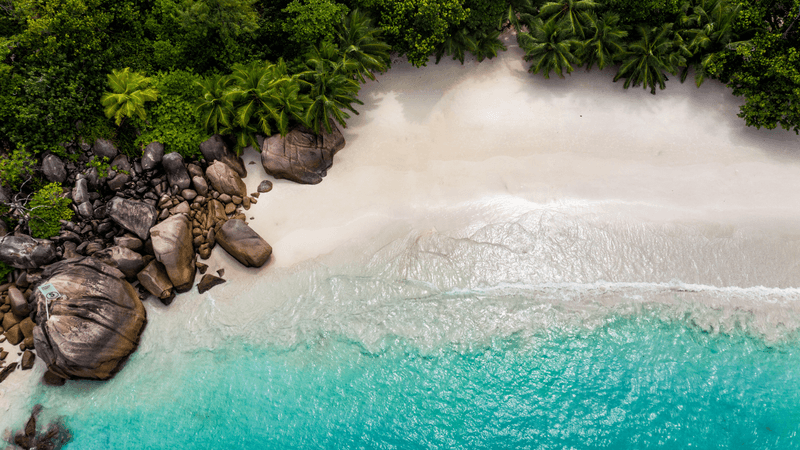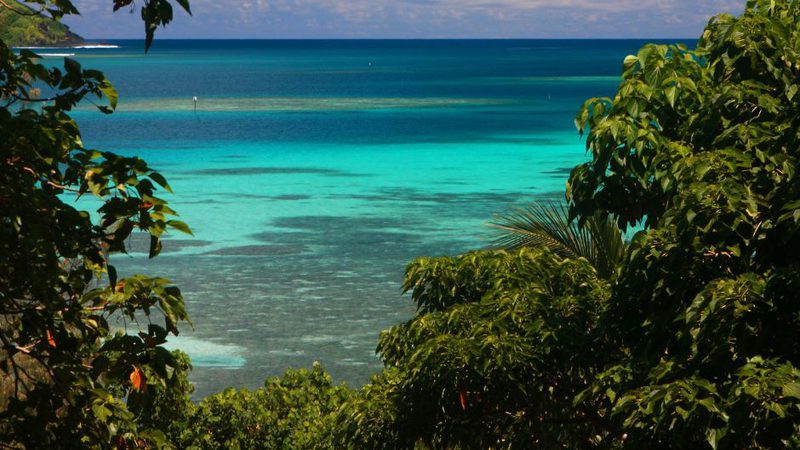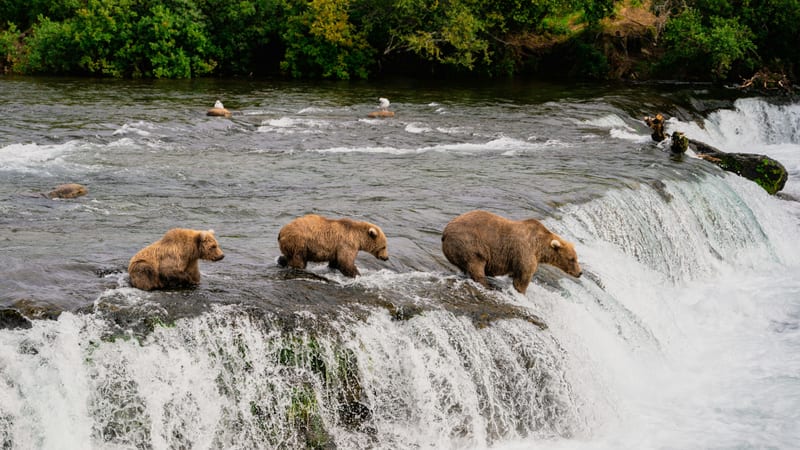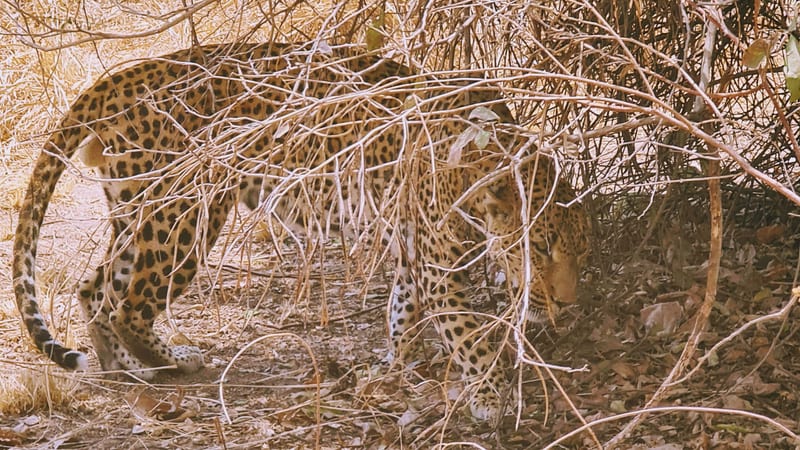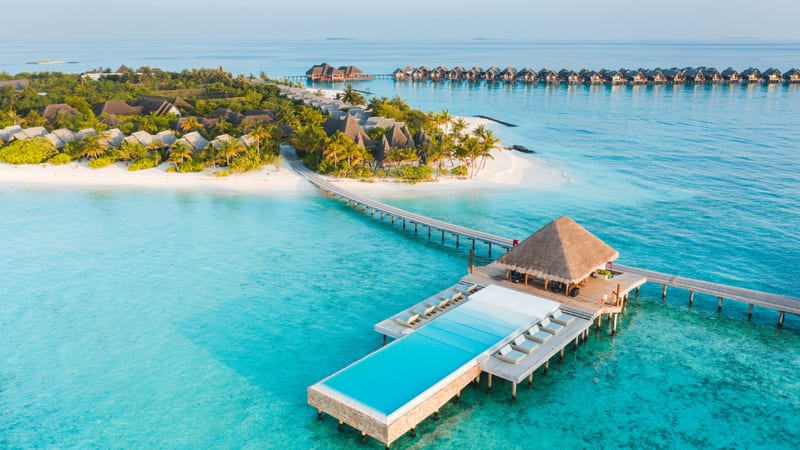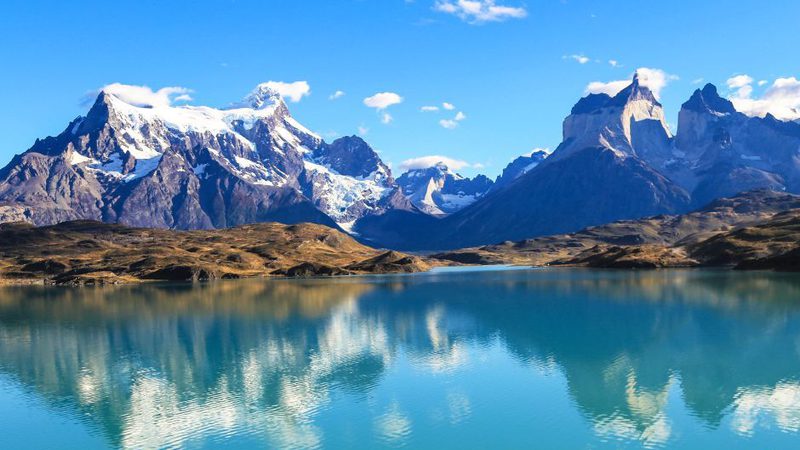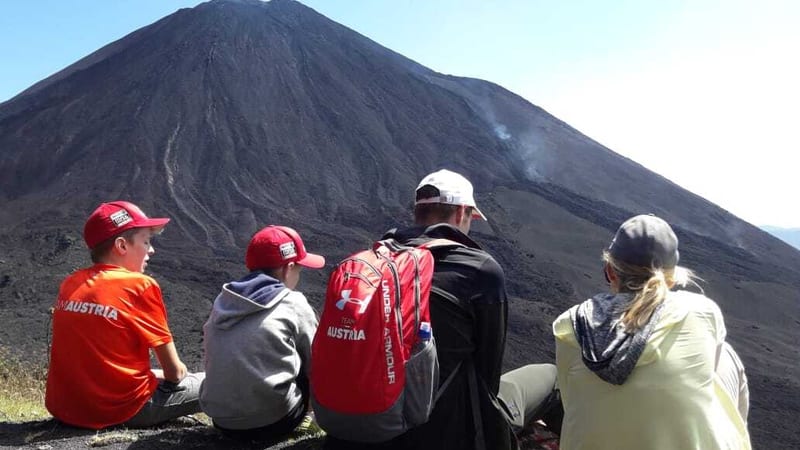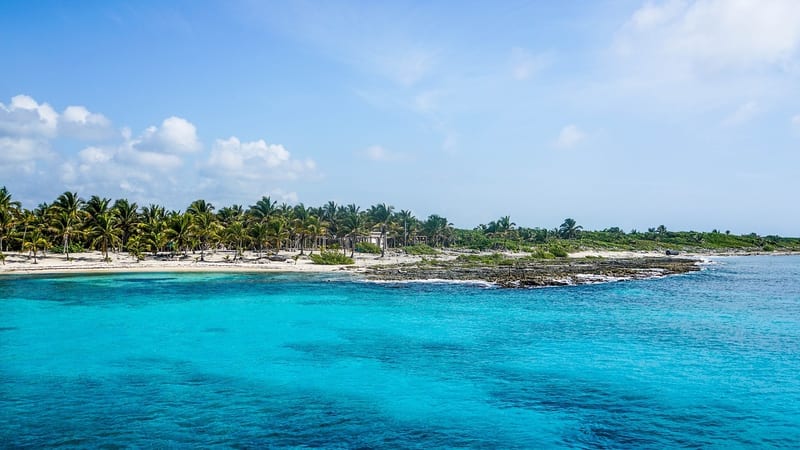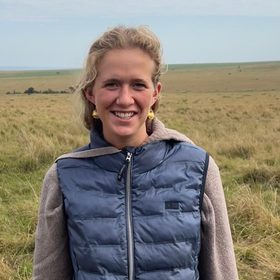Elephant Bedroom Camp is rustic and authentic while still offering every comfort expected of a luxury safari camp
Location: Elephant Bedroom Camp is set in a grove of doum palms on the banks of the Ewaso Nyiro River, deep in the heart of Samburu National Reserve in northern Kenya. It’s a wild and strikingly beautiful part of the country, known for its rugged landscapes, red-earth plains, and the distinctive wildlife found only in Kenya’s northern regions. The camp’s riverfront setting is both scenic and strategic - elephants often wander through, attracted by the water and shade, and the birdlife is superb. Despite the remote feel, it’s easily accessed via a short flight from Nairobi, making it a perfect combination of adventure and accessibility.
Rooms: There are just 14 tented suites at Elephant Bedroom, all raised slightly on wooden decks and facing the river for maximum views and wildlife-watching opportunities. Each tent is spacious and comfortably furnished, with large beds, soft rugs, and a private deck where you can enjoy a drink while watching the elephants drift past. The style is earthy and elegant, with natural materials and rich tones that echo the Samburu landscape. All tents have en-suite bathrooms and hot showers, and each comes with its own private plunge pool - a welcome luxury in this warm, arid region. It’s a lovely blend of comfort, simplicity, and closeness to nature.
Amenities: While the camp is relatively small and intimate, it offers everything you need for a comfortable stay. The main mess tent serves as the lounge and dining area, open to the river and decorated with locally crafted furniture and colourful fabrics. Meals are fresh and varied, often served al fresco with river views and the sound of birds or distant elephants in the background. The bar is well stocked, and the service is genuinely warm and attentive. There’s also Wi-Fi in the main areas - though most guests are quite happy to switch off and let the wildness of the setting do the talking.
Activities: Game drives are the main focus here, and Samburu is a fantastic safari destination with its own unique highlights. As well as the big cats and elephant, the region is home to the so-called ‘Samburu Five’ - Grevy’s zebra, reticulated giraffe, Somali ostrich, gerenuk, and Beisa oryx - all of which are endemic to northern Kenya. Drives are led by knowledgeable local guides who know the reserve inside-out, and there’s also the option for cultural visits to nearby Samburu communities. Between drives, it’s a joy to simply relax in camp and watch the wildlife come to you - especially when elephants wander between the tents.
Sustainability: Elephant Bedroom Camp is run by Atua Enkop Africa, a locally owned and managed company with a strong focus on responsible tourism. Their approach to sustainability is rooted in genuine community partnership and conservation-minded operations. The camp employs local Samburu staff, many of whom have worked here for years, and supports nearby communities through education initiatives and skills training. Conservation fees help fund wildlife protection within Samburu National Reserve, while the camp itself is designed to tread lightly - from solar-powered lighting to waste reduction efforts and water conservation practices. This isn’t sustainability for show; it’s a practical, ongoing commitment to safeguarding the environment and supporting the people who call it home.
Best places to stay in Samburu
Samburu Trip Inspiration
When to visit Kenya
Find out the best time to visit Kenya with our month by month guide.
- Best
- Good
- Mixed
- Jan
- Feb
- Mar
- Apr
- May
- Jun
- Jul
- Aug
- Sep
- Oct
- Nov
- Dec
January
January is a great time for wildlife viewing. The landscapes are lush and green after the 'short rains' and newborn animals can been seen. It is hot, but brief afternoon or evening showers cool things down, without compromising your safari. Over on the coast the sea is clear, making it ideal for diving and snorkelling, and the days are warm and bright.
February
February is an ideal time to visit Kenya, and great for game viewing. The landscapes are green and thriving thanks to the short rains, and newborn animals will be hopping around the plains. There maybe a few afternoon showers which are welcome in the heat, and don't impact on wildlife viewing. Water clarify is excellent at the moment, which is good news for watersports enthusiasts. And if you want to spot a whale shark, now is the time to try.
March
Still a good option for wildlife viewing and diving, although with the 'long rains' just around the corner, expect wetter and hotter weather.
April
April brings the start of the 'long rains' which means game reserves and national parks become muddy and harder to drive around. Over on the coast it's hot and wet, so it isn't the best time of year to travel. Some camps and lodges close during this period.
May
The 'long rains' continue into May, making park tracks difficult to navigate in the mud, and the coast very warm and wet. There will be less accommodation choice at this time as several lodges and camps during this period.
June
June is a beautiful time of year to visit Kenya, with the rains receding to just light showers, and the long dry season not far ahead. The high grasses can sometimes make it more of a challenge to spot game, but the landscapes are lush and some animals may begin arriving early for the migration. At altitude nights can be cool, but elsewhere the temperature is pleasant.
July
July marks the beginning of the great migration into the Masai Mara, and with warm and generally dry weather, this is a great time of year to visit. Days are sunny, skies are blue and there isn't too much dust around, so it's a great time for photography.
August
The migration is now in full swing in the Masai Mara, with lots of river crossing action, so if you want to see those massive herds of wildebeest and zebra, now is the time to come. Game viewing in general is excellent and it's one of the most popular times of year to visit, so some of the main parks do become crowded. Temperatures are warm and dry.
September
Game viewing continues to be excellent, and the weather is generally dry so this is another ideal month to visit Kenya's parks. The bush is less dense and as animals gather around waterholes and rivers it makes wildlife spotting much easier.
October
October is a great time if you want to avoid the crowds and don't mind the temperature slowly starting to rise. There may be a few short showers, but game viewing remains excellent with the end of the migration, and it's a good time to holiday anywhere in Kenya.
November
November heralds the start of the 'short rains' and with hotter temperatures some camps are closed. The Mara however is still open, and despite sometimes stormy skies, game viewing is still good. Fewer crowds and lower prices make this an attractive month to visit. Over on the coast water clarify is good for snorkelling and diving.
December
The 'short rains' are bringing the landscapes back to life, and as the plains start to become green again, wildlife viewing remains good, and it's a great time for birding. Some camps are closed (mainly in the north of Kenya) but many others remain open. The showers tend to fall in the afternoons and don't impact greatly on a safari. Take advantage of reduced visitor numbers and lower prices.
Speak to a Kenya expert today
and start planning your tailor-made vacation

Alistair

Ottilie





